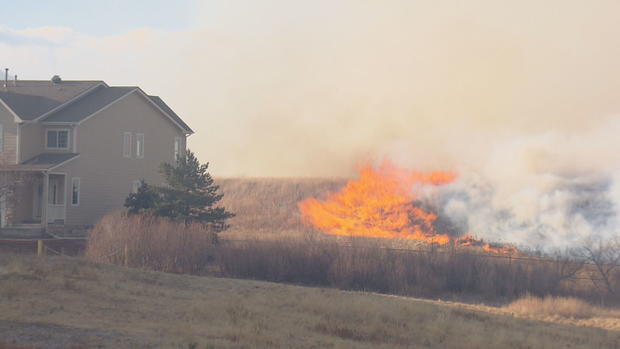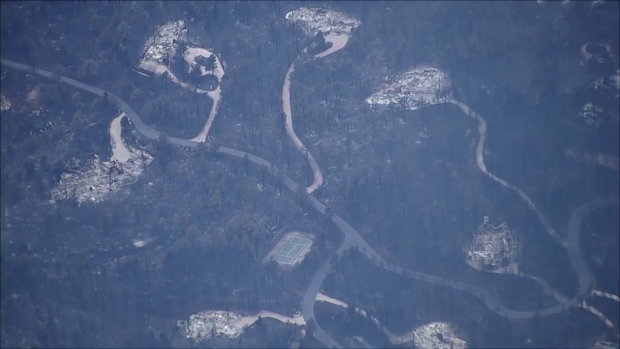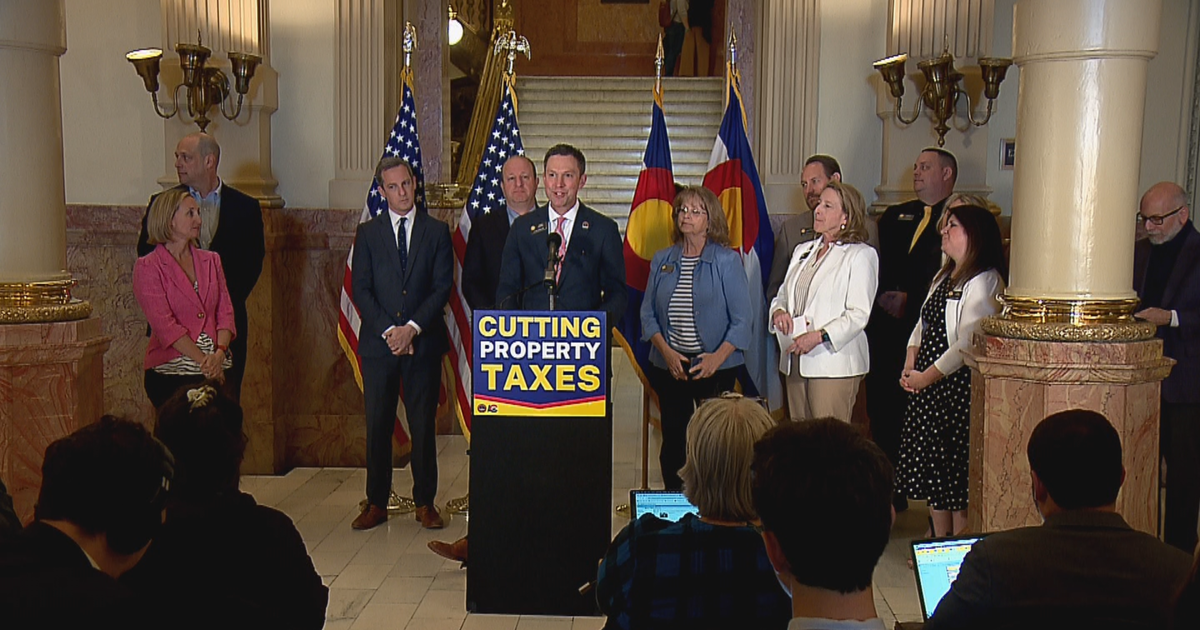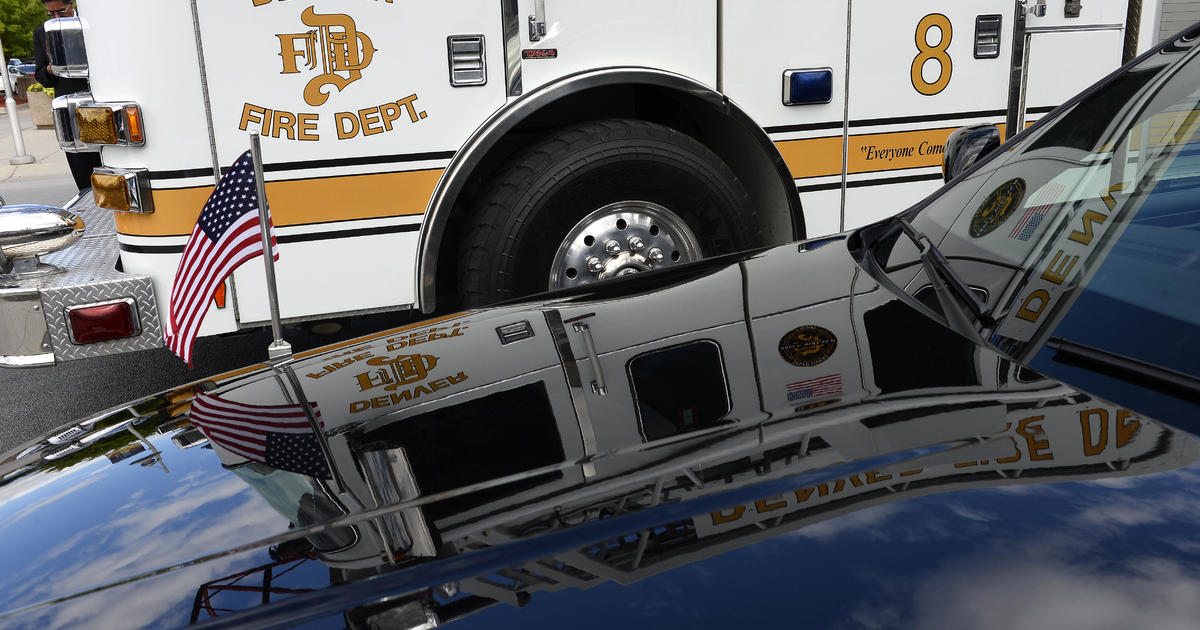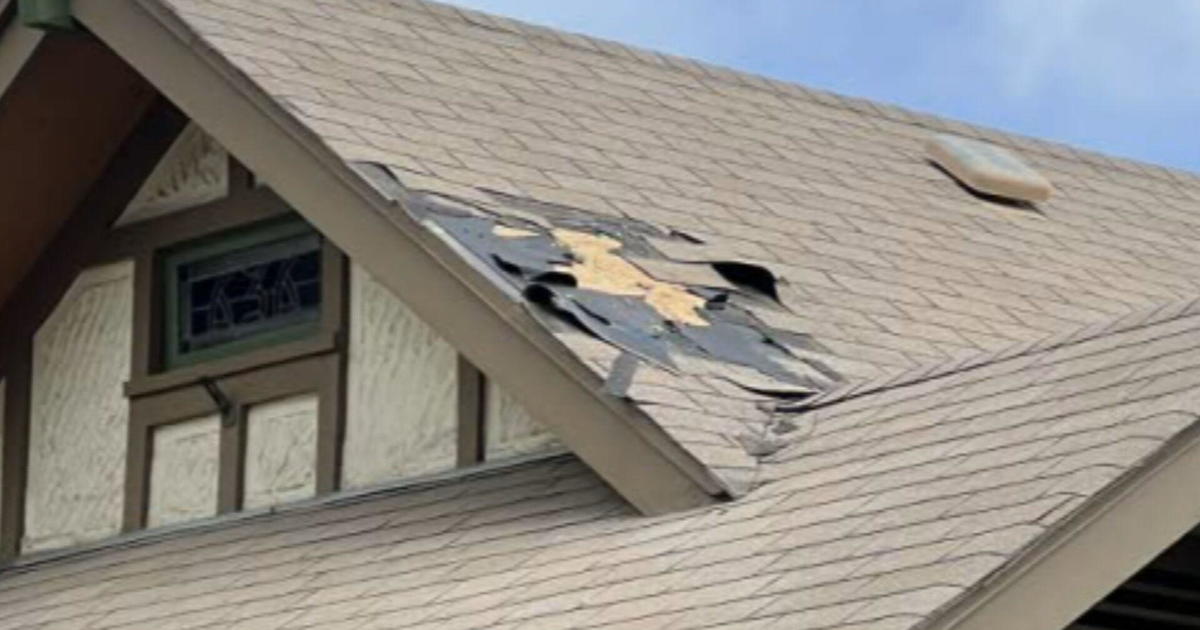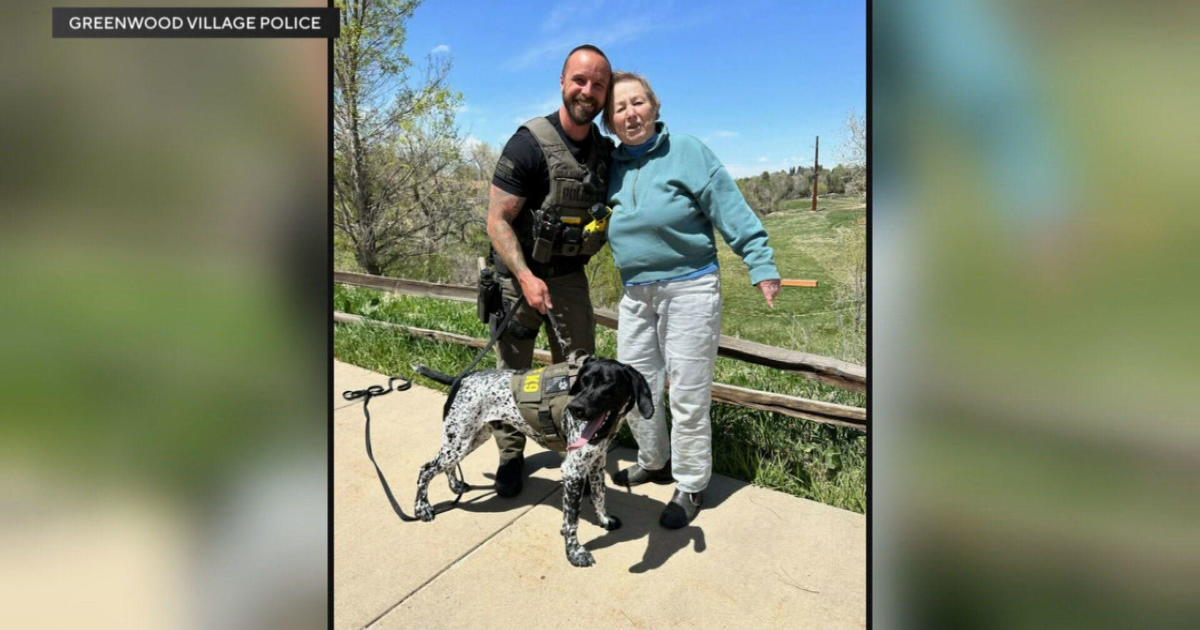Leaders In Colorado Take Up Conversation About Fire Resistant Building Codes
SUPERIOR, Colo. (CBS4) – The Marshall Fire is starting new conversation about building more fire resiliency into homes. In Old Town Superior, landlord Brian Dugan shoveled a walk in front of the small homes he rented.
"One, two and three. Behind number two, that one did burn," he said.
The others were still standing, survivors in a game of fire Russian Roulette, where one home would burn and another, would survive.
"This was very unexpected of course, that fires would come this far. Create this much damage this far in," he said.
Old Town Superior is a wreck of destroyed homes. It is proof of the ability of wildfire to make it into urban areas, but even in known wildfire areas, Colorado has no standardized fire preventative building codes statewide.
"We're actually looking at a lot of the Western states to say what are the best practices, what could work for the different states," said Michele Steinberg, wildfire division director with the National Fire Protection Association. "We know that there have been very sound science based guidelines and standards out there for many years on how you can build safer from wildfire."
Wildfire is now a risk in Colorado on par with those of people who live in floodplains or hurricane prone areas where there are more stringent building requirements.
"I do think that we need to start thinking about wildfire when it impacts our built environment, the same way we think about hurricanes, floods, earthquakes," said Steinberg.
That could mean a variety of criteria, including the site itself.
"So that you're not a budding, you know, major amounts of vegetation, you know, making sure there's some there's some level of space."
Also, fire resistant roofing and siding, as well as requiring double pane window, and at least six inches of non-combustible material at the bottom of an exterior wall, plus vent screens to keep embers from entering in vents.
Steinberg knows it's a big change.
"There've been plenty of open arms for things like voluntary effort and much less reception for the notion of regulation and that includes using building codes and land use standards that would modify sort of where we build in how we build," he said.
In the 2013-2014 legislative session, Colorado lawmakers looked at suggestions to create statewide codes.
"At that time you know in 2014 we had what we called a wildfire season and wildfire shoulders on either end of the season. Now it appears that wildfire season can be year round," said Jeanne Nicholson, a former state senator who chaired a committee that generated a report on firefighting and mitigation.
Several pieces of legislation came out of the committee and successfully passed, but not one on statewide guidelines. Nicholson, of Gilpin County, had a district that included parts of Superior now burned.
"Part of the reason I wasn't supportive of something statewide at that time was because I didn't think the risk was the same everywhere in the state. It made sense to me that we apply those requirements to parts of the state that were vulnerable."
Nicholson now believes differently.
"Now, seven years later I think Mother Nature is telling us the whole state could be at risk," he said.
Among the more than 1,000 homes lost in the Marshall Fire, rebuilding may be some of the most difficult. Many homes were old and of a different era in terms of construction practices and building material.
"Insurance is giving me $216,000 to do it with," said Dugan. "I don't know if I can do it with that."
Construction costs have risen steadily through the pandemic. Steinberg says they have looked at costs, finding when there were consistent standards builders were able to contain costs.
"I believe that the basic standards that build you a safer home are very reasonable. They're cost effective they're using typical materials."
Dugan says it seems like greater fire standards might make sense if the cost is contained.
"As long as it's not too cost prohibitive I think people would probably jump in and say yeah, let's do something more."
The key, Steinberg believes, may be to set a standard, but allow local governments to implement where.
"If local governments can determine those high risk areas or those most important areas for them to protect and apply standards there I think that's a good combo."
